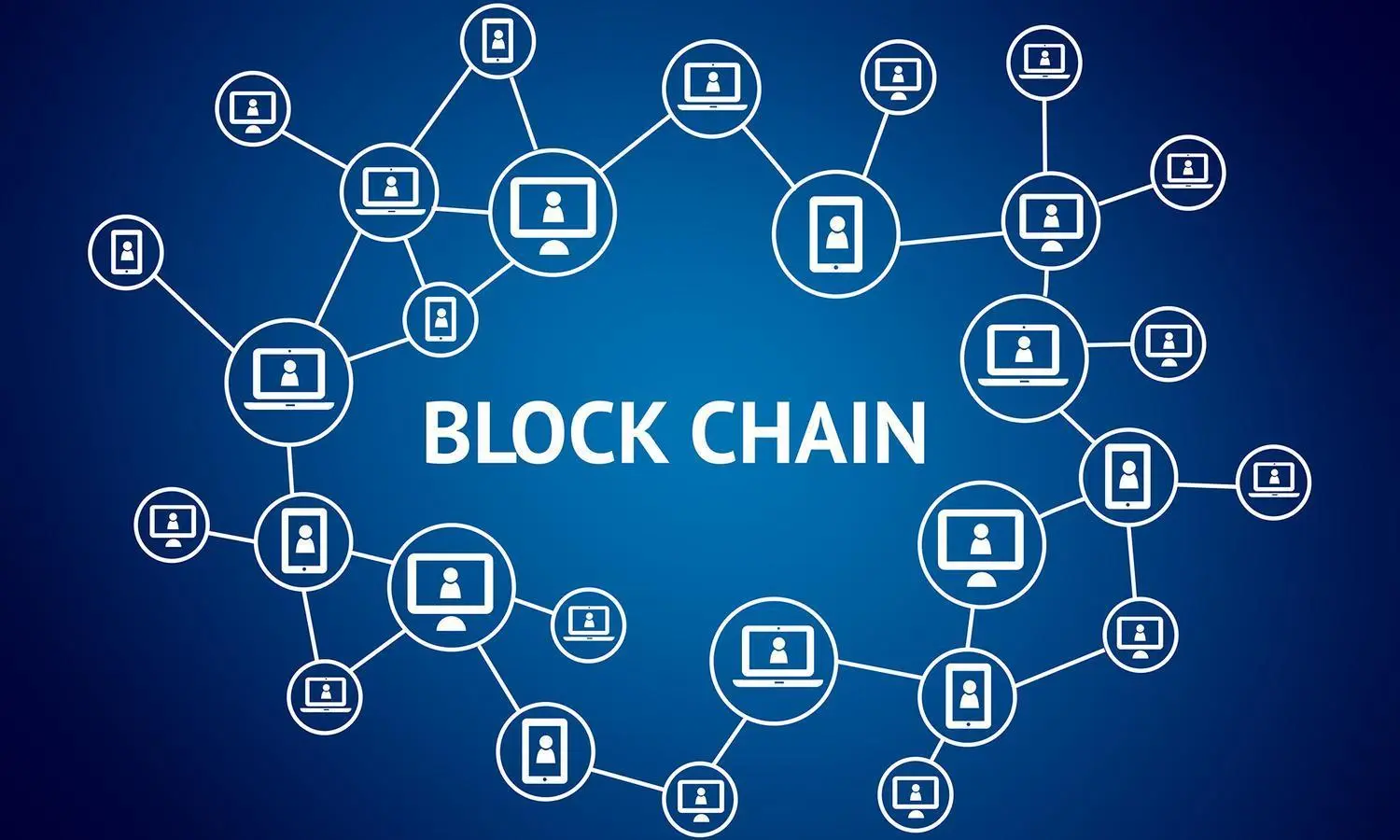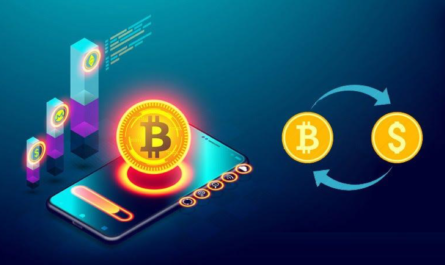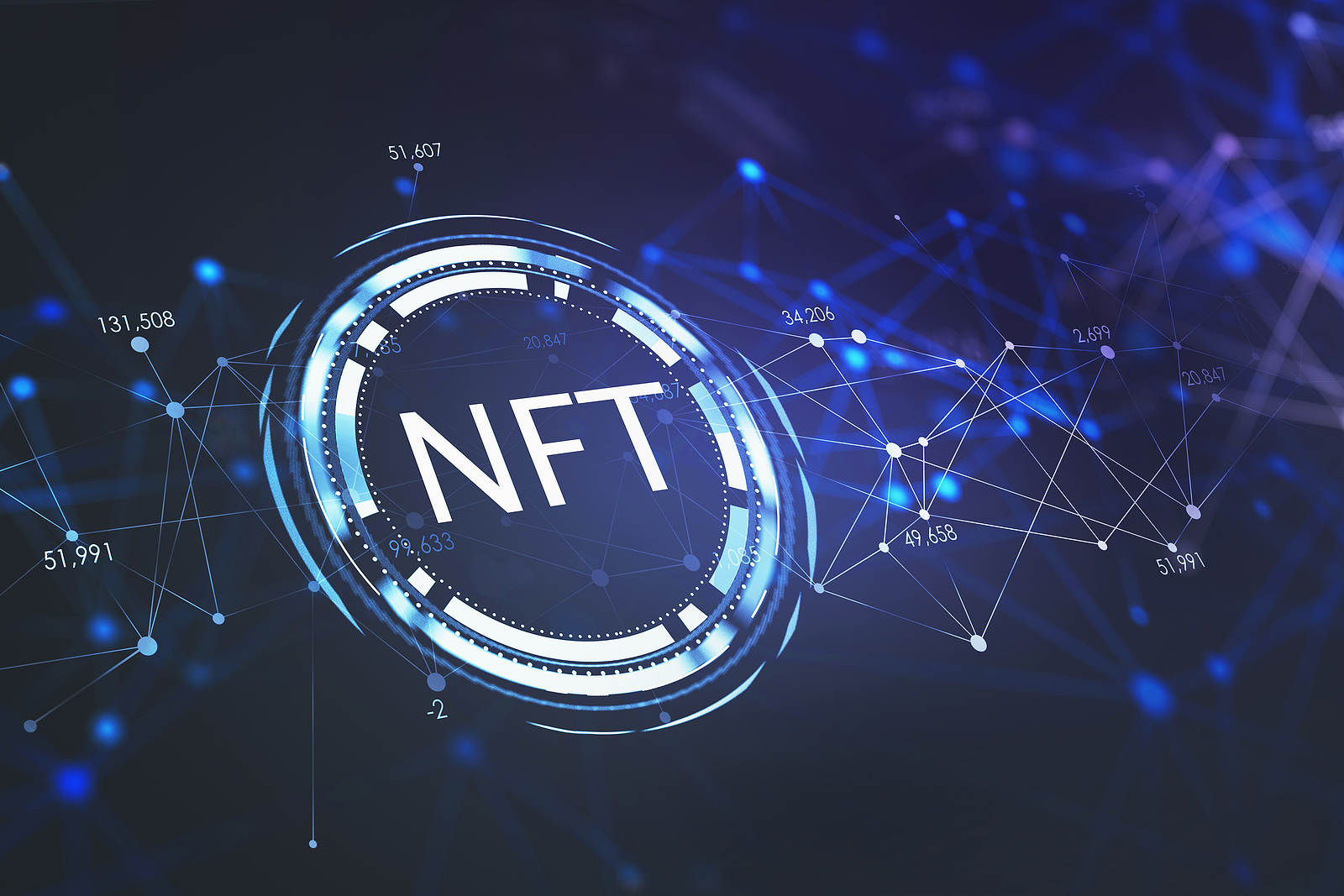In the constant advance and progress of technology towards new paradigms that will revolutionize reality (not virtual reality!) as we know it today, the Blockchain stands out.
Blockchain, yet another English-speaking noun that has invaded the major media in recent years, is not limited to being a Technological Revolution but aims to represent a real Cultural Change, on par with what happened with the advent Internet.
A complex technology but appreciable for its innumerable applications and undoubted utility, which in the years to come will potentially acquire fundamental importance at the level of national governance, with the creation of Blockchain Systems on which data and information concerning us will travel, from personal, to health services up to, as is happening in Dubai, the conversion of the entire real estate cadaster.
The possible applications of this technology, as we will see below, go beyond the binomial that we are used to knowing Blockchain – Bitcoin, which in reality recalls the birth of the computer protocol by Satoshi Nakamoto – one or more almost “mythological” subjects of identity unknown – which in 2008, following the Lehman Brothers and Subprime Mortgage Crisis, published a paper in which it described the functioning of the Bitcoin Blockchain, the first cryptocurrency, by now known not only for the strong opposition of Governments and banks but also due to the extreme volatility of the value that distinguishes it.
Contents
Blockchain: how does it work and what do you need to know?
Let’s start by saying that the Blockchain is a technology destined to upset the world of contracts, finance, food supply chains, shipping, and many other sectors.
A “Chain of Blocks”.
To put it simply, the “chain of blocks” – a literal but extremely eloquent translation – can be described as a ledger or ledger, where each unit is a “block” that is linked to other blocks, in the order of creation, by cryptography – i.e., methods that make it possible to make a message obfuscated so as not to be understandable/intelligible to persons not authorized to read it – which binds them without the possibility of modification.
Said register is distributed over several nodes – which we can also identify as servers – each of which has a copy of it. Furthermore, the nodes also have the fundamental role of validating the transactions and adding them to the block.
Blockchain: 4 key concepts
This is not the place for a technical examination of Blockchain, but what is interesting is to understand its potential through the 4 main Key Concepts that make it a technology without equal:
1. Decentralization
The registry is distributed – i.e., without a central validation “system or organization”. This conformation, in line with Satoshi Nakamoto’s project, should limit, if not eliminate, the danger of tampering and alterability of the recorded content.
In particular, a validation mechanism of the transactions or of the information inserted in the Blockchain is envisaged, which is in turn distributed and based on the concept of consensus, i.e., on mechanisms that govern the participation of the nodes
2. Transparency
The data contained in a Blockchain are visible to all participants, albeit in a cryptographic form suitable for maintaining high levels of protection of any personal data recorded in the system.
Blockchain transactions are visible to everyone but in a cryptographic format.
3. Immutability and Security
Transactions and information recorded in a Blockchain tend to be unchangeable and, in the event of alteration, there will always be evidence of the original version in the nodes that share the register.
4. Consensus
The algorithm underlying the validation of transactions that take place on the Blockchain guarantees their security and avoids the problem of double spending, i.e., the hypothesis in which the same funds can be spent more than once
At this point the question is obligatory: why should a lawyer be interested in such a complex tangle of technology?
Beyond the technical issues mentioned above, as is the case with the actions we carry out every day, in which law permeates their substance and regulates their functioning, even the world of technology, despite the incessant development that is not easy to support for the legislator, needs government rules to guarantee the rights involved.
Blockchain and Lawyers
In the case of the Blockchain, there are many aspects that should be of interest to the jurist, starting from those connected to the probative value of the transactions carried out therein.
It, therefore, means obtaining a “certification” of the date and time of existence of an CC IT document, which can also be enforced against third parties, by registering the document on the Blockchain.
For companies, it is an important novelty, for example in the Supply Chain and the relative regulation, which thus acquires validity.




